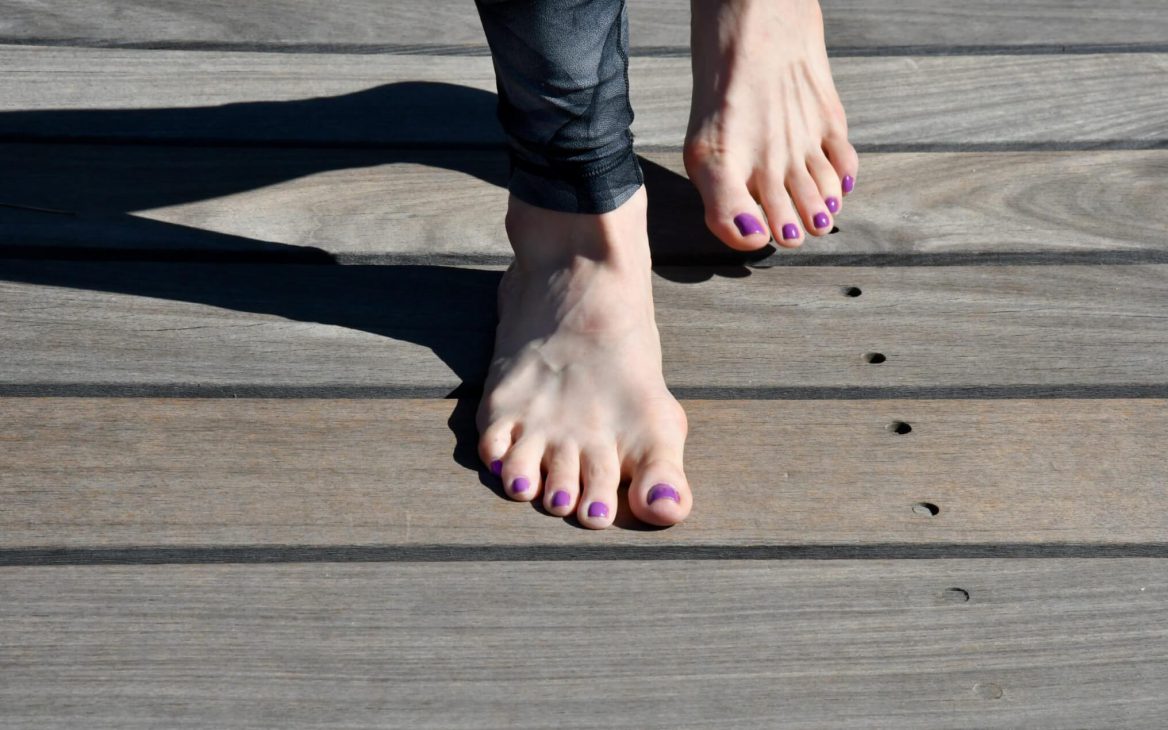The maxilla is the upper jaw and so is brethren to the all powerful mandible of the lower jaw. The jaws are critical for between the jaws is the mouth and throat forming the greatest single opening in the skull. It is the largest of all the sensory gates. A key component in yoga training is the softening of sensory awareness (pratyahara the fifth limb of the Ashtanga Yoga path). There is typically abundant strain in the oral cavity and within the maxillary bone. This is due to dental work, head trauma (any blow to the face), acute sinus infection and emotional strain. At the most posterior aspect of the oral cavity, posterior to the shelf of the upper palate, lies the gateway to the sushumna—the interior pathway of prana.
If you place your tongue tip onto the roof of your mouth, you are touching the maxilla. Like all cranial bones, this bone “breathes”, that is it see-saws in the tidal movement of the cranial-sacral rhythm. The responsiveness of the maxilla is governed by the facial muscles and the tongue. The “stiff upper lip” syndrome can bind the maxilla. When the tongue is held or coiled up, it effects the free movement of the maxilla. In light of invasive dental work, root canal, ill-fitting retainers, braces and problematic fillings, the maxilla can hold tremendous strain.
In yogic practice, we aim to lift and spread the roof of the mouth. This telegraphs a signal of release to the respiratory diaphragm. The palate also refers to the pelvic floor and given that these “diaphragms”–perineum, respiratory diaphragm and palette– act reciprocally in terms of the movement of breath, it is imperative to release the roof of the mouth so that the polarity between diaphragms is not distorted.
The maxilla forms the lower edge of the eye socket and it flanks the bridge of the nose. Thus it plays a significant role in the structural foundation for all the sensory organs of the face. Straddling the nose are the large maxillary sinuses. These air pockets give the face its characteristic lightness and play a role in sound resonance. In any yoga class, the sound of OM is made resonant by the empty space of the maxillary sinus. Should these sinuses be blocked, the ujjayi breath is labored and also there can be frontal headaches.
Press the tip of your tongue lightly against the maxilla at the roof of your mouth and breathe in deeply several times. This can help “reset” the maxilla. Also it gaps open the back of the throat and allows for the unobstructed flow of breath in the back of the throat. Continue this for 3-5 minutes. Then allow your tongue to rest on the floor of your mouth and feel the breadth of space at the back of your mouth area. Create the inner sensation of a yawn. This creates space in and around the tonsils, which are key lymph glands at the back of the throat. This aperture is the gateway, to the throat and throat chakra (vishuddha).

